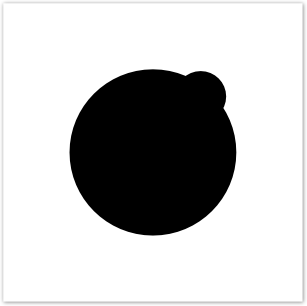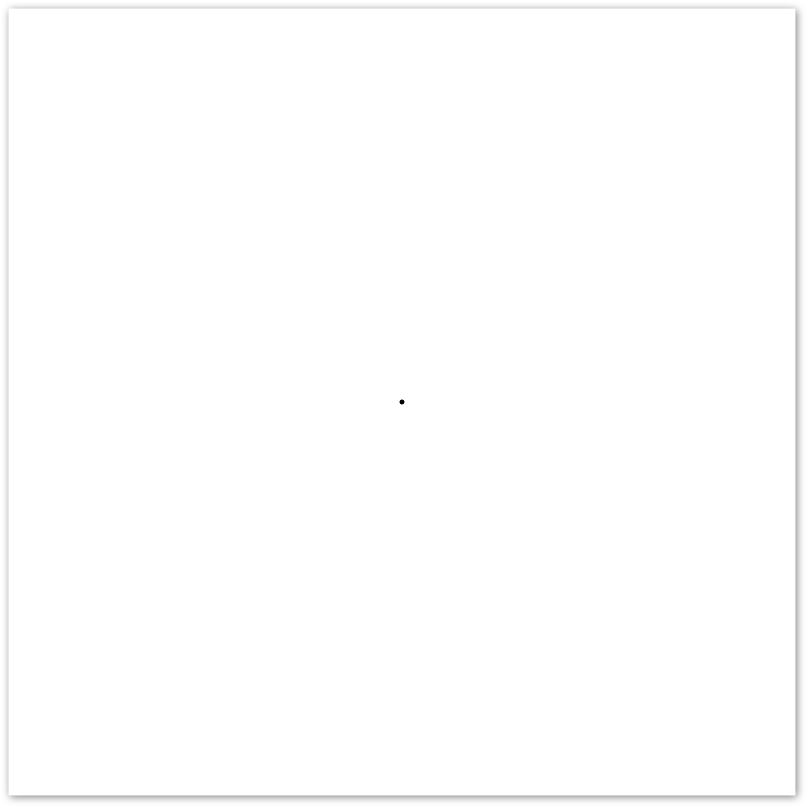 0
Concepts
1
Deconstructions
2
Détournements
3
Art
4
Philosophy
5
Science
6
Chess
7
Boutique
8
Clinique
9
Portique
Pure Mathematics
0
Concepts
1
Deconstructions
2
Détournements
3
Art
4
Philosophy
5
Science
6
Chess
7
Boutique
8
Clinique
9
Portique
Pure Mathematics
Infinity visualised

Two squares and a triangle

A circle

Infinite number of lines intersecting in middle of canvas

Two spheres

Point expanding at infinite speed
concept 26
by CCPT
In mathematics, a point is an abstract concept representing a location in space with no dimensions: a point has no length, width or area. To see this, draw a point on a Cartesian plane, for example at the (1,1)-coordinate. When you zoom in on the point, you need to shrink its visual representation to preserve its nature as a precise, dimensionless location. When you zoom in further, the point continues to 'grow' and you have to shrink it again. This process will continue forever until the point has infinitesimal area.
The same principle applies to shapes like lines, squares, triangles and circles. When you draw them correctly, their edges are infinitely thin and the shapes are invisible. Note that the interior of such shapes are mathematically not part of the shape. For example, the term "circle" strictly refers to the 1-dimensional boundary which is the infinite set of points equidistant from the centre.
The principle does not however apply to three-dimensional shapes. The interior of such shapes are generally considered to be mathematically part of the shape. If you don't agree with that definition, at least the faces (including the edges and vertices) are part of it — otherwise the shape would not be well-defined. Both the interior and the faces contain infinite points. The three-dimensional shape remains visible when drawn on a Cartesian plane since, for one reason, the infinity of the number of points has the same cardinality (namely ℝ) as the infinity of the zoom factor you can apply to the plane.
We present the following Pure Mathematics pictures:
- Two squares and a triangle
- A circle
- Infinite number of lines intersecting in middle of canvas
- Two spheres
- Point expanding at infinite speed
The fifth picture might need some elaboration. As you zoom in to establish mathematical precision for a point, the point becomes smaller and smaller when looked at from the original perspective. To compensate for this so that the point remains visible to the static observer of a cartesian plane, the point needs to expand at the same speed as the speed at which you are zooming in. Let's call that 'the speed of zoom'. Since this concept shows the end result of precision, the speed of zoom is infinite. Therefore, for a point to remain visible from the original perspective, it needs to expand at infinite speed. The simple, quiet dot on the picture hides larger-than-astronomical activity and energy. A catastrophic explosion of the point — that would instantly paint the entire universe pitch black — is barely contained by the infinite speed of zoom.
Of each picture, ten numbered editions are available. We print our works with infinite resolution on a 40x40cm aluminium plate, and add a description of the work including the edition number on the back.
Pure Mathematics is available in the boutique.




